Recently, one of the most frequently mentioned names in the global AI community is “Nano Banana.” This unidentified model, without an official announcement or developer information, has become a topic of interest after appearing on the AI experimentation platform LMArena.
LMArena is a kind of contest stage where AI models are randomly pitted against each other, allowing users to compare and vote on the results. Users input simple commands (prompts), and two models simultaneously generate images, with users choosing the better one. Only after the voting concludes is the model responsible for the output revealed. The name “Nano Banana” repeatedly appeared during this process, capturing explosive interest when it consistently produced superior results.
The standout feature of Nano Banana is its ability to consistently render characters. Existing AI image generation models often struggle to maintain consistency in expressions or body proportions when portraying the same person in multiple images. However, Nano Banana showcases the ability to portray scenes while maintaining the eye shapes, expressions, and attire of the characters without alterations. It has been particularly praised for its strengths in recreating game characters or webtoon figures.

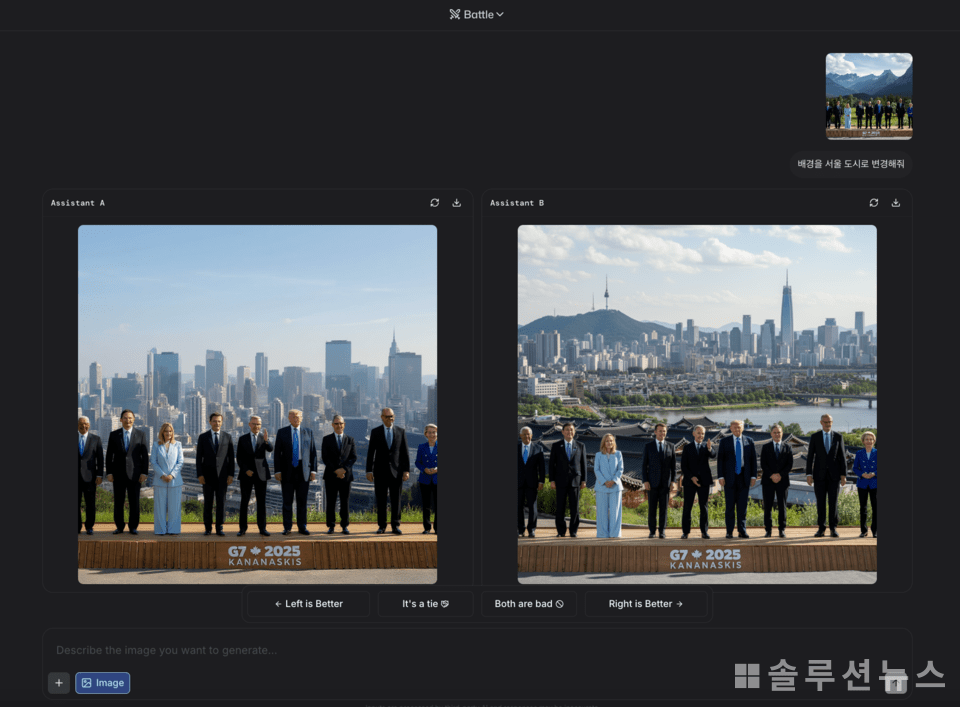
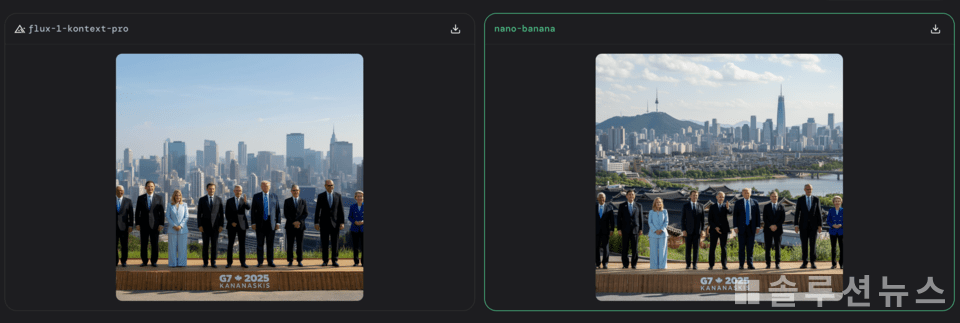
Another noteworthy feature is its mask-free, text-based editing capability. Typically, to modify an image, users need to manually specify a particular area. However, Nano Banana only requires simple phrases like “Change the background to a city skyline” to replace that part seamlessly. It excels in maintaining the integrity of characters or main subjects while substituting only the surrounding background or props effortlessly.
Nevertheless, it also has distinct weaknesses. It often falters when dealing with small text or intricate textual representations. Signage or document text tends to become distorted or broken, making it difficult to read. Many community members have remarked that “text still requires the use of graphic tools alongside.”
The journalist personally experienced Nano Banana on LMArena’s Image Edit mode. However, encountering this model at will is not possible due to its random allocation nature, requiring multiple attempts to eventually come across it. After two or three input iterations, Nano Banana soon appeared.
The actual testing showed that the character consistency was indeed impressive. The same character’s expressions and posture were naturally maintained across multiple scenes. Background changes were also smooth, with only the scenery being replaced while keeping details like clothing and hair intact, enhancing the output’s overall quality. Nevertheless, rendering small text remains a weakness. Menu text often appeared distorted or transformed into entirely different shapes, indicating that for commercial usage, improvements are needed.
Reviews on Reddit and X (formerly Twitter) have rapidly spread following experiences with Nano Banana. Many praised it, comparing it favorably to Google’s Imagen series, and speculated that its commercialization could significantly change the realms of advertising, gaming, and webtoon production. Cases circulated in domestic communities recounting users creating custom figures with Nano Banana, noting the smoothness of comic scene editing, contributing to its considerable buzz.
At the core of this fervor is the value of consistency. For commercial usage, it needs to be possible to consistently recall the same character or object. Many previously released models have shown limitations here, but Nano Banana has been commended for overcoming these weaknesses and opening new possibilities.

The exact organization behind Nano Banana remains unconfirmed. However, industry experts lean towards the likelihood of it being a Google project.
The first point of focus is the quality and editing method of results. The smoothness of character depiction and the natural harmony between background and subject bear striking similarities to Google’s developing “Imagen” series.
The recent discovery of a new function name, “GEMPIX,” in Google’s internal code is also cited as evidence. Some developers involved in its analysis view GEMPIX as a function related to image generation and speculate it could be directly connected to Nano Banana. If GEMPIX stands for “Gemini Pixel,” it might suggest a model intended for on-device use with the upcoming Gemini pixel devices.
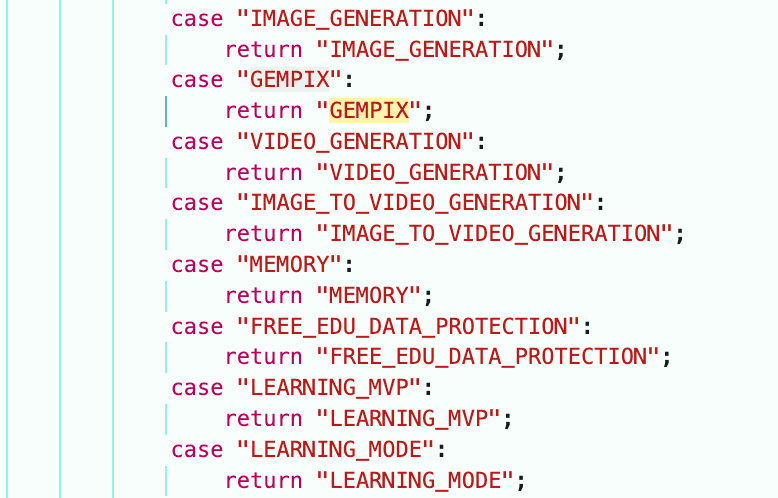
The timing further fuels suspicion. Google is set to unveil the new Pixel 10 at its “Made by Google” event on August 20 (local time). In the past, Google has consistently showcased new AI-based photo and video functions. Within communities, there is growing speculation that Nano Banana might be officially introduced at this event, yet such conjectures remain mere predictions. There remains the possibility that it could be an experimental model created by an independent lab or startup.
The industry is buzzing with speculation that LMArena’s “Nano Banana” might be an on-device image generation model for Google Pixel 10. (Source: @TestingCatalog News/X)
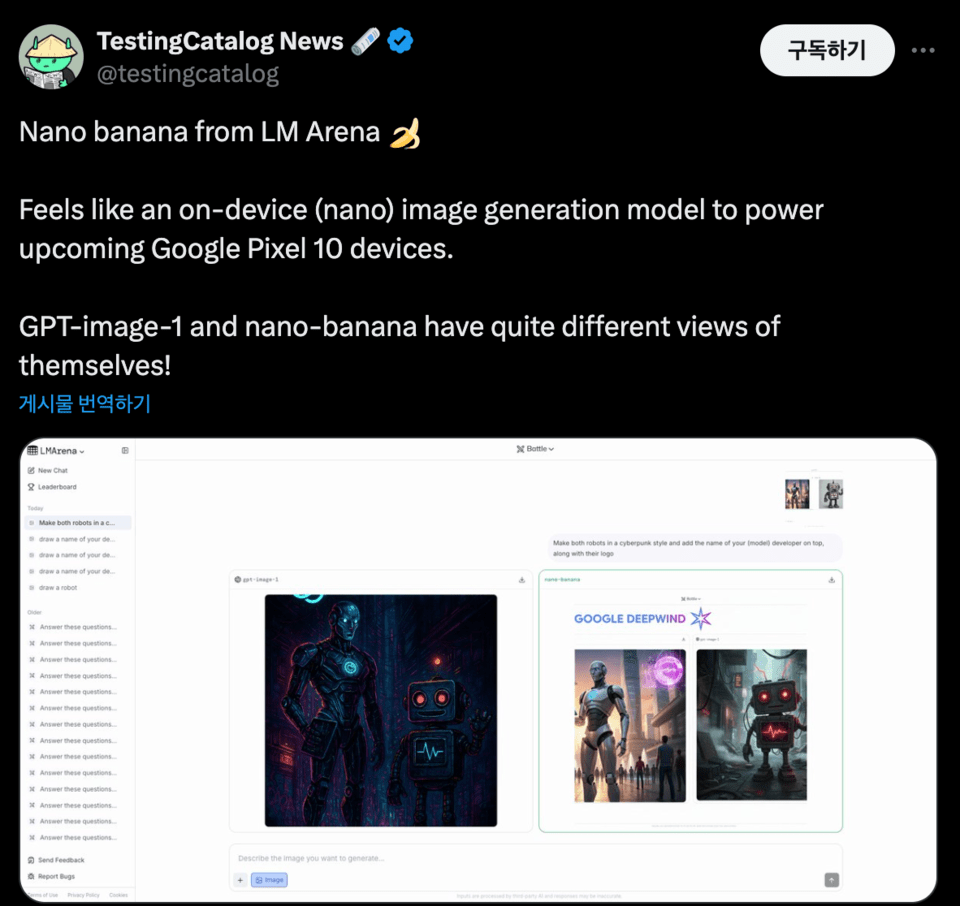
From a solution journalism perspective, Nano Banana raises critical questions confronting the AI ecosystem, especially regarding origin and transparency. Despite being fascinated by its impressive capabilities, users are simultaneously uneasy due to the lack of information about who created this model and what data was used. No matter how capable an AI model is, its unknown identity imposes a practical constraint on commercial usage or reliability.
In this regard, the direction of solutions is clear. AI companies must transparently disclose details about the developer of the model, data utilization methods, and processes for handling personal information. Clear procedures must be established to explain at what stage and how user consent is obtained. Simple declarations of “anonymization” are insufficient. Verification measures must be provided to ensure that anonymization is genuinely effective and that data is not handed over to third parties.
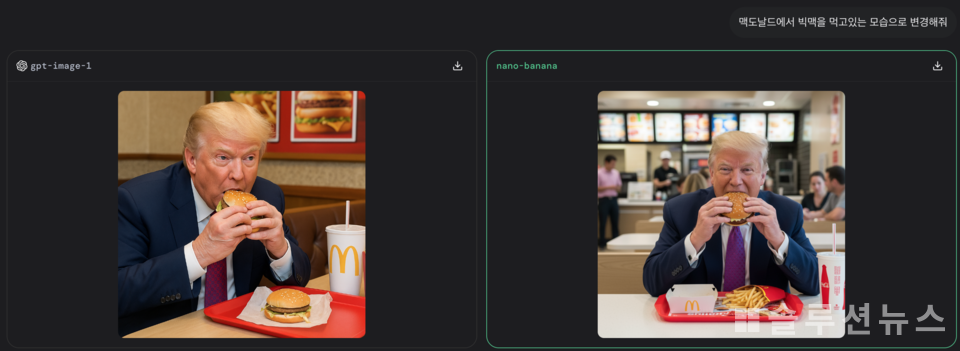
Moreover, an “AI Transparency Guideline” jointly involving regulatory bodies, academia, and industry is necessary. The European Union (EU) is already pursuing a system to categorize model risks through the AI Act and mandate data source disclosure for high-risk models. Although Korea remains in the early stages of related discussions, as demonstrated by the Nano Banana phenomenon, it must be prepared for the situation where “AI of unknown origin dominates the market.”
Ultimately, the message conveyed by Nano Banana is that performance alone is insufficient. The future of AI technology is not determined by performance alone; the support of responsibility and transparency is needed. The debates sparked by Nano Banana underscore the industry’s need for a solution in the form of “transparency and accountability,” steering away from performance-centric competition.
In conclusion, the mysterious model “Nano Banana” remains shrouded in secrecy. Yet, from the results of the first-hand experiences, it is clear that it sets a new standard in image generation and editing. Whether its true nature is revealed at Google’s upcoming event or through another entity is a development to be observed.
One thing is certain: AI technology’s future is not determined by performance alone. It also requires the backing of responsibility and transparency. The discussions triggered by Nano Banana represent a demand for minimal norms that companies and users must adhere to in the AI era.